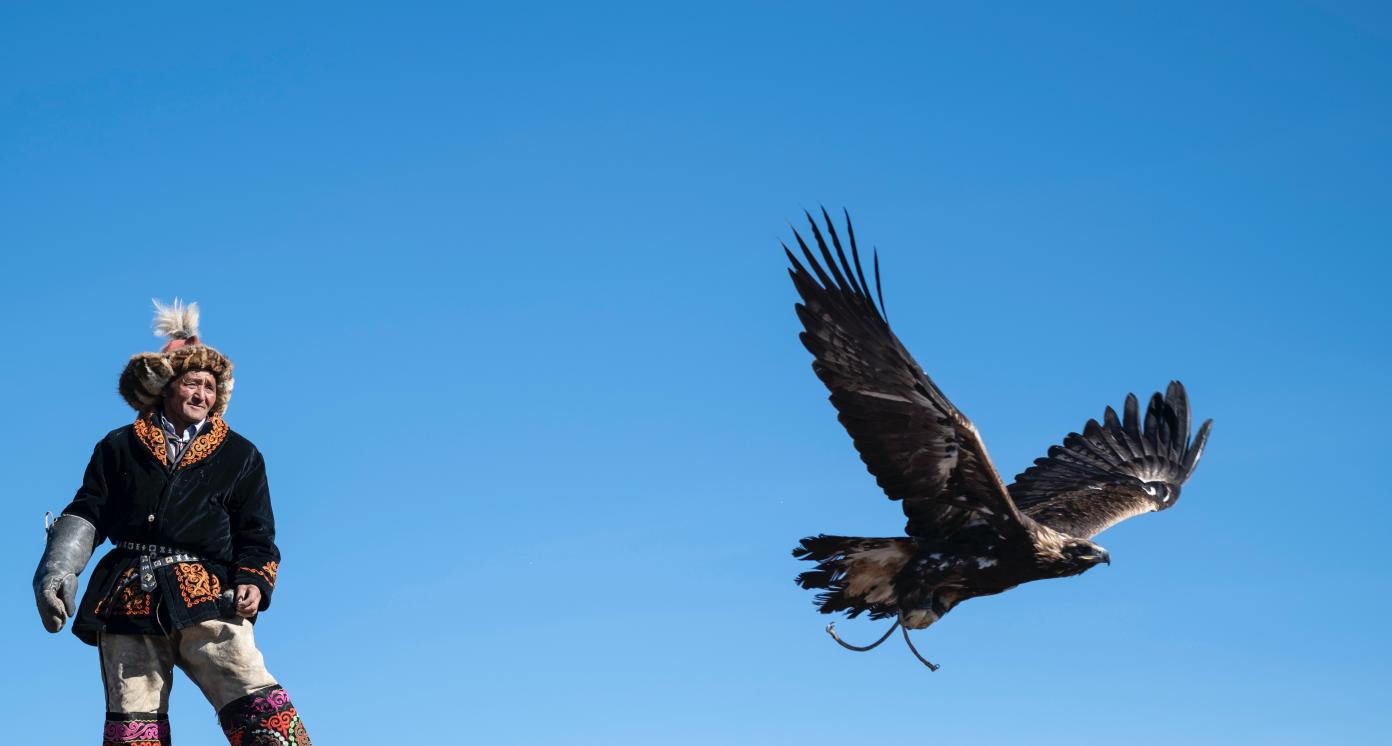Mongolia is a landlocked country in East and Central Asia, bordered by Russia to the north and China to the south, east, and west. It has 21 provinces, 330 soums /sub provincial territory/, and a capital city called Ulaanbaatar. Its geography is characterized by steppes, deserts, and rugged mountain ranges, covering a total area of 1.5 million square kilometers, ranking it as the world's 19th largest country.
Mongolia is one of most affected countries by climate change as its average temperature rose over 2 degrees over the past 80 years and over 80 percent of the land is degraded due to droughts, desertification and over grazing. Mongolia has over 70 million livestock.
Mongolia has a population of 3.4 million people, with 40percent aged between 18 and 44, and a median age of 28.5. The workforce participation rate is 59.2percent, unemployment is 5.4percent, and the median per capita income is approximately USD 346 per month.
Mongolia's national poverty headcount rate in 2020 was 27.8 percent, 0.6 percentage points lower than in 2018. While estimates show that poverty in 2020 was slightly lower than it was in 2018, the COVID-19 pandemic has sharply slowed down the pace of poverty reduction. The wide array of COVID-19 relief packages, including top-ups on existing social assistance programs, played a crucial role in preventing a rise in poverty between 2018 and 2020.
Mongolia has transformed into a vibrant democracy, tripling its GDP per capita since 1991. The country has made important progress in reducing poverty over the past decade, but growth has been volatile and slowed down in recent years. Job creation remains a critical challenge for the country, especially among the younger population. These challenges were amplified by the COVID-19 pandemic, which took a heavy toll on people and the economy despite substantial government support. With vast agricultural, livestock and mineral resources, and an educated population, Mongolia’s development prospects look promising in the medium- to long-term counting on the implementation of structural reforms.
Mongolia’s economic growth is expected to accelerate to 5.2 percent in 2023 driven by a rapid recovery in mining production resulting from the removal of border restrictions, and the commencement of the Oyu Tolgoi underground mining stage. While services (in particular, tourism) are expected to continue recovering from impacts associated with the pandemic, growth is likely to be weighed down by sluggish agricultural production due to the recent harsh winter. Significant risks and challenges lie ahead, including high inflation rates, persistent high debt, increasing fiscal risks, and large external sector imbalances. There is also a need for Mongolia to diversify its economic pursuits beyond extractive sectors such as mining, especially as concerns around sustainability related challenges are on the rise globally. A World Bank report estimates that of every dollar earned from mining activities in Mongolia, only one cent is saved for future generations. Therefore, there is a need to create a strong transition plan that can help keep Mongolia on a path to economic development with impact integrity.
In the same vein, Foreign Direct Investment (FDI) inflows are mainly concentrated in the mining sector, whose share has gone up from 44 percent of total FDI in 2000 to 76.5 percent in 2021. Mongolia’s primary trade partner is China (83 percent of exports and 37 percent of imports), followed by the European Union. Mongolia has undertaken reforms in its investment regulatory framework to attract both foreign direct and indirect investments, increase transparency and apply equal treatment to both domestic and international investors.
To ensure sustainable and inclusive growth and to reduce poverty, Mongolia will also need to strengthen governance; build institutional capacity to manage public revenues efficiently; allocate its resources effectively among spending, investing, and saving; and ensure equal opportunities to all its citizens in urban and rural areas.
Resources:
1. Mines and Minds: Leveraging Natural Wealth to Invest in People and Institutions; World Bank (2020)
2. Mongolia country overview: World Bank
3. Access this link to the narrative report on the SDG Investor Map: Mongolia SDG Investor Map
14



Food and Beverage, Health Care, Infrastructure
0.737
How is this information gathered?
SDG Investor Maps employ an 8-step methodology, combining data research and stakeholder consultations to identify Investment Opportunity Areas (IOAs) and potential business models with significant financial and impact potential.
Disclaimer
UNDP, the Private Finance for the SDGs, and their affiliates (collectively “UNDP”) do not seek or solicit investment for programmes, projects, or opportunities described on this site (collectively “Programmes”) or any other Programmes, and nothing on this page should constitute a solicitation for investment. The actors listed on this site are not partners of UNDP, and their inclusion should not be construed as an endorsement or recommendation by UNDP for any relationship or investment.
The descriptions on this page are provided for informational purposes only. Only companies and enterprises that appear under the case study tab have been validated and vetted through UNDP programmes such as the Growth Stage Impact Ventures (GSIV), Business Call to Action (BCtA), or through other UN agencies. Even then, under no circumstances should their appearance on this website be construed as an endorsement for any relationship or investment. UNDP assumes no liability for investment losses directly or indirectly resulting from recommendations made, implied, or inferred by its research. Likewise, UNDP assumes no claim to investment gains directly or indirectly resulting from trading profits, investment management, or advisory fees obtained by following investment recommendations made, implied, or inferred by its research.
Investment involves risk, and all investments should be made with the supervision of a professional investment manager or advisor. The materials on the website are not an offer to sell or a solicitation of an offer to buy any investment, security, or commodity, nor shall any security be offered or sold to any person, in any jurisdiction in which such offer would be unlawful under the securities laws of such jurisdiction.



















